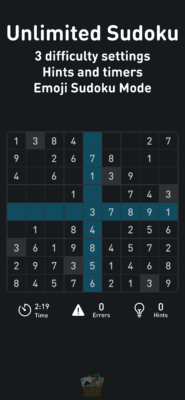The Origin of Sudoku

Sudoku, a globally adored puzzle game, has charmed millions with its intriguing blend of logic, numbers, and patterns. Its origins, shrouded in history, trace back to ancient times, yet its modern iteration emerged only in the late 20th century. The roots of Sudoku can be found in various number-placement puzzles that have existed for centuries. Ancient number puzzles were prevalent in different cultures, including the 18th-century Swiss mathematician Leonhard Euler’s work on Latin squares, which laid a foundational concept for Sudoku. However, the Sudoku we recognize today took shape in the latter half of the 20th century. Howard Garns, an American architect, is often credited with creating the modern Sudoku puzzle in 1979. Originally known as “Number Place,” his puzzle gained popularity in puzzle magazines but remained relatively localized.
It wasn’t until 2004 when a retired Hong Kong judge, Wayne Gould, discovered Sudoku during a trip to Japan and recognized its potential for wider appeal. He introduced Sudoku to The Times in Britain, which propelled its global popularity.
The beauty of Sudoku lies in its simplicity. A typical Sudoku grid consists of a 9×9 square grid, divided into nine 3×3 subgrids. The puzzle begins with some numbers already filled in, and the objective is to fill the grid so that each row, column, and subgrid contains all the digits from 1 to 9 without repetition.
Sudoku’s widespread popularity transcends borders, age, and culture. Its appeal lies in its ability to challenge the mind, offering a perfect blend of logic, strategy, and entertainment. Whether enjoyed leisurely in a newspaper or through digital platforms, Sudoku continues to captivate and stimulate millions of minds worldwide.
How to play Sudoku for free in 2024
Sudoku is part of Higgster’s Games Compendium on Android and Apple phones / tablets, entirely free, with no adverts, why not give it a go?

